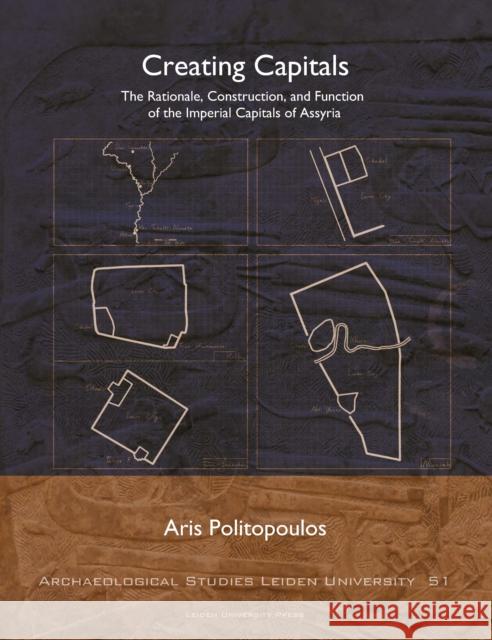Creating Capitals: The Rationale, Construction, and Function of the Imperial Capitals of Assyria » książka
topmenu
Creating Capitals: The Rationale, Construction, and Function of the Imperial Capitals of Assyria
ISBN-13: 9789087283520 / Angielski / Miękka / 2020 / 181 str.
Creating Capitals: The Rationale, Construction, and Function of the Imperial Capitals of Assyria
ISBN-13: 9789087283520 / Angielski / Miękka / 2020 / 181 str.
cena 446,00
(netto: 424,76 VAT: 5%)
Najniższa cena z 30 dni: 209,06
(netto: 424,76 VAT: 5%)
Najniższa cena z 30 dni: 209,06
Termin realizacji zamówienia:
ok. 30 dni roboczych
Bez gwarancji dostawy przed świętami
ok. 30 dni roboczych
Bez gwarancji dostawy przed świętami
Darmowa dostawa!
Kategorie:
Kategorie BISAC:
Wydawca:
Leiden University Press
Seria wydawnicza:
Język:
Angielski
ISBN-13:
9789087283520
Rok wydania:
2020
Numer serii:
000263653
Ilość stron:
181
Waga:
0.56 kg
Wymiary:
26.92 x 20.83 x 1.52
Oprawa:
Miękka
Wolumenów:
01











